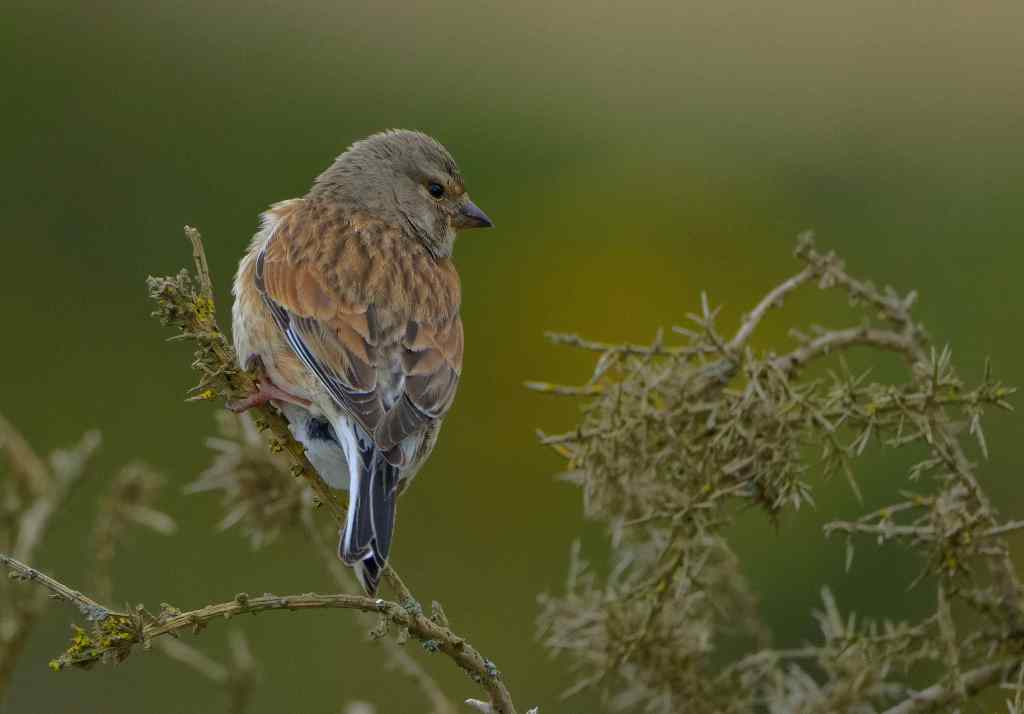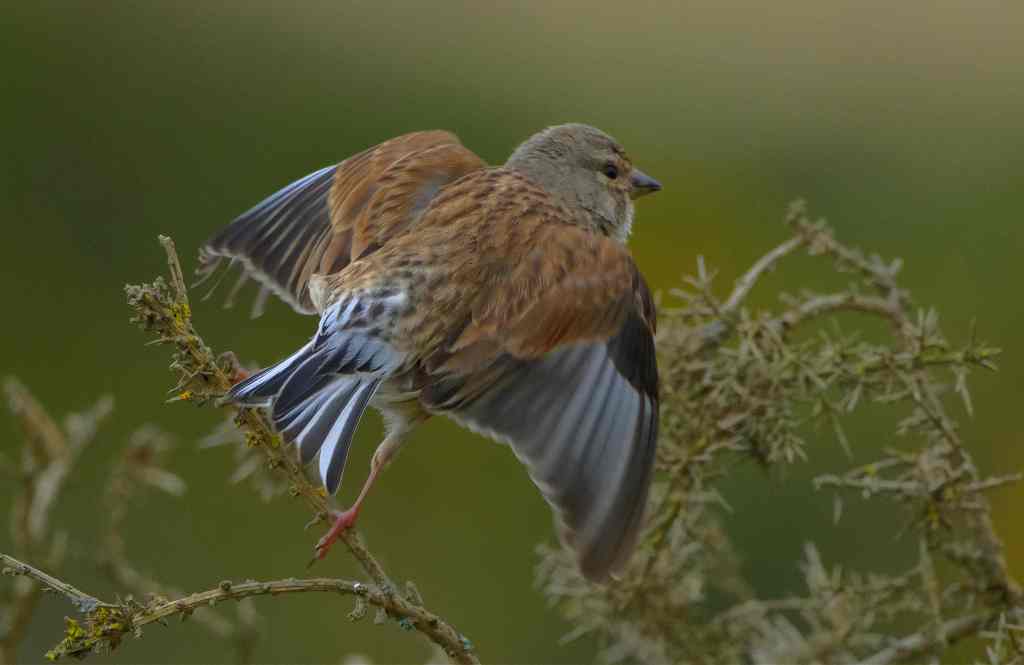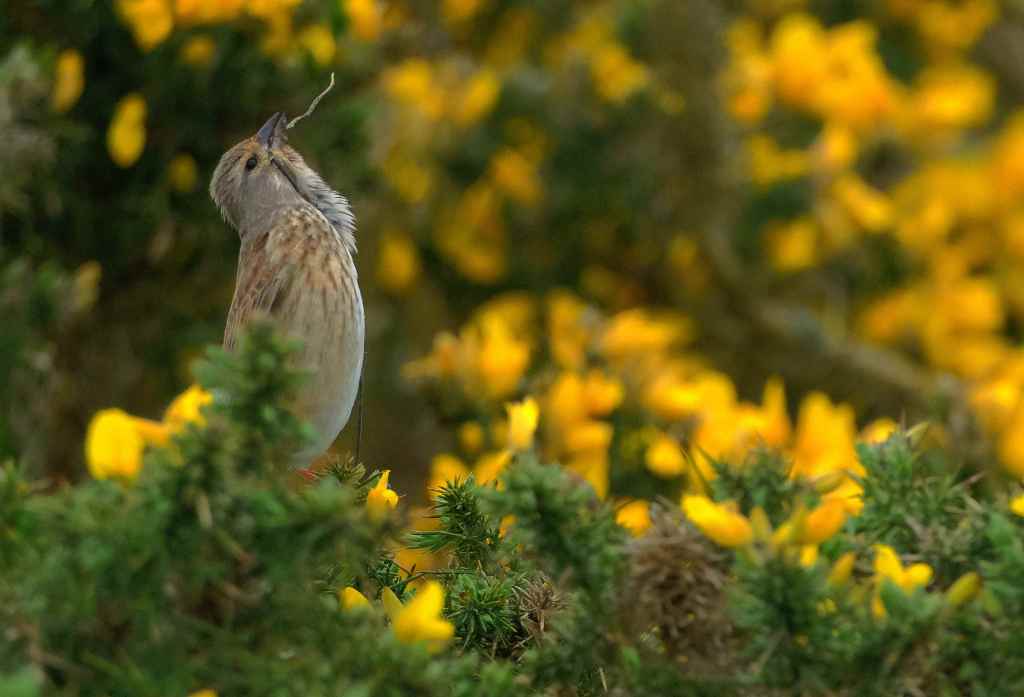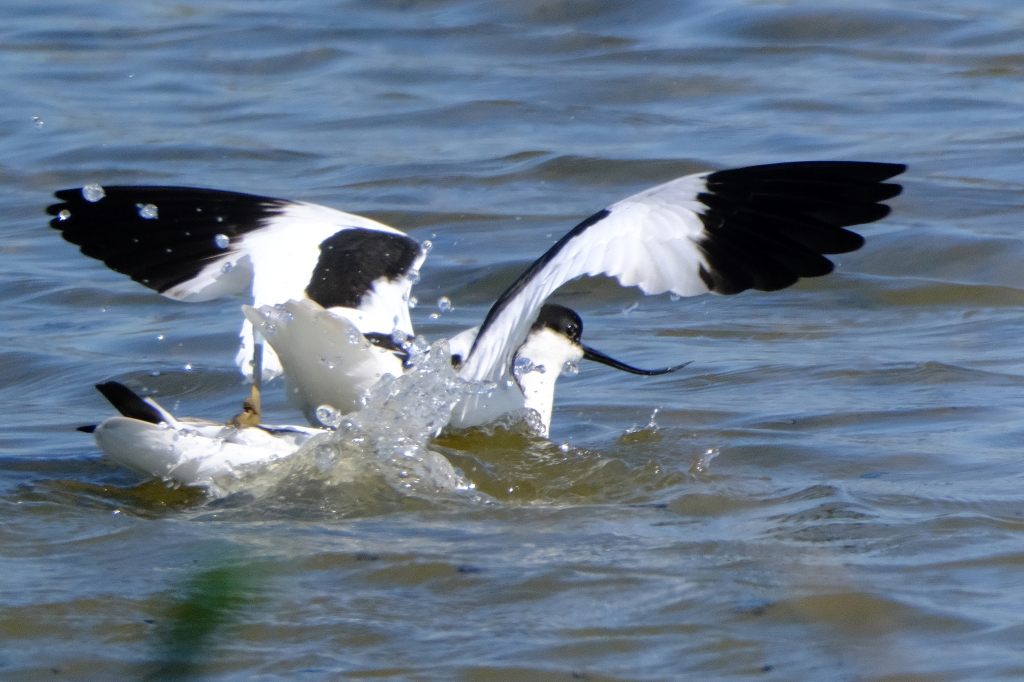





Sanderlings have a distinctive run/walk this is partly due to only having 3 toes on each foot, they are missing the hind toe. They run like wind-up little clockwork toys.


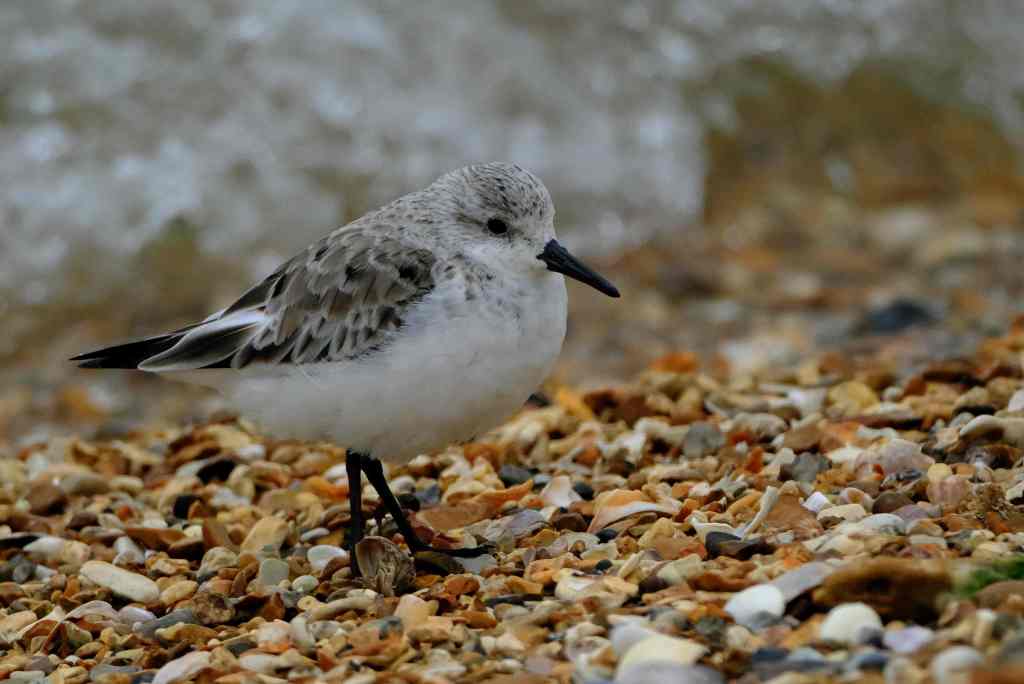
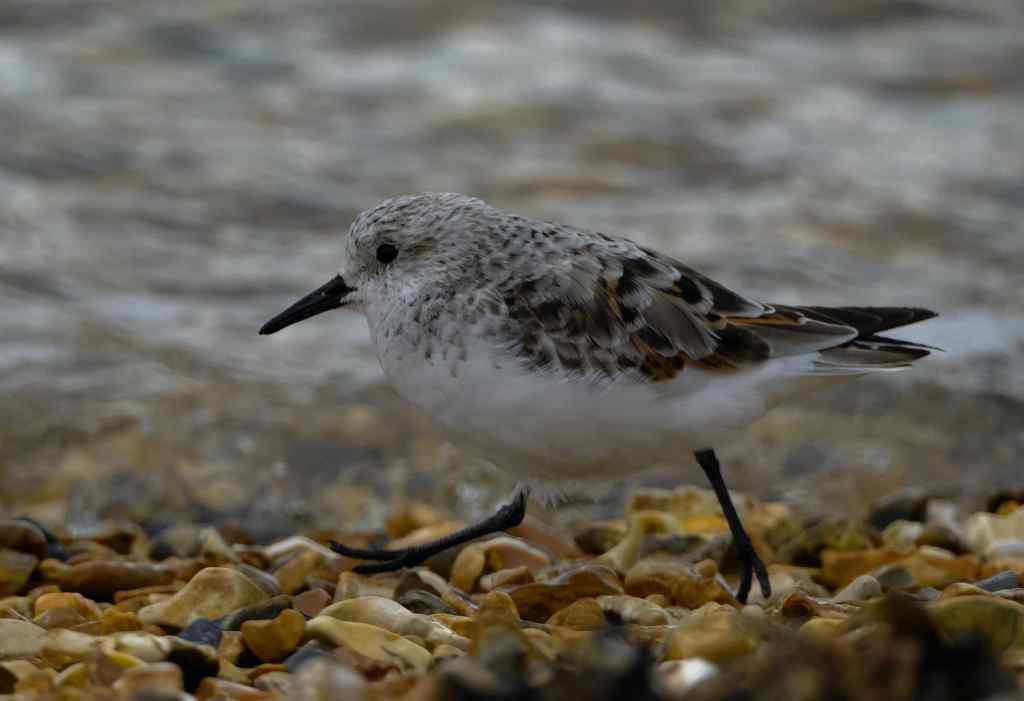

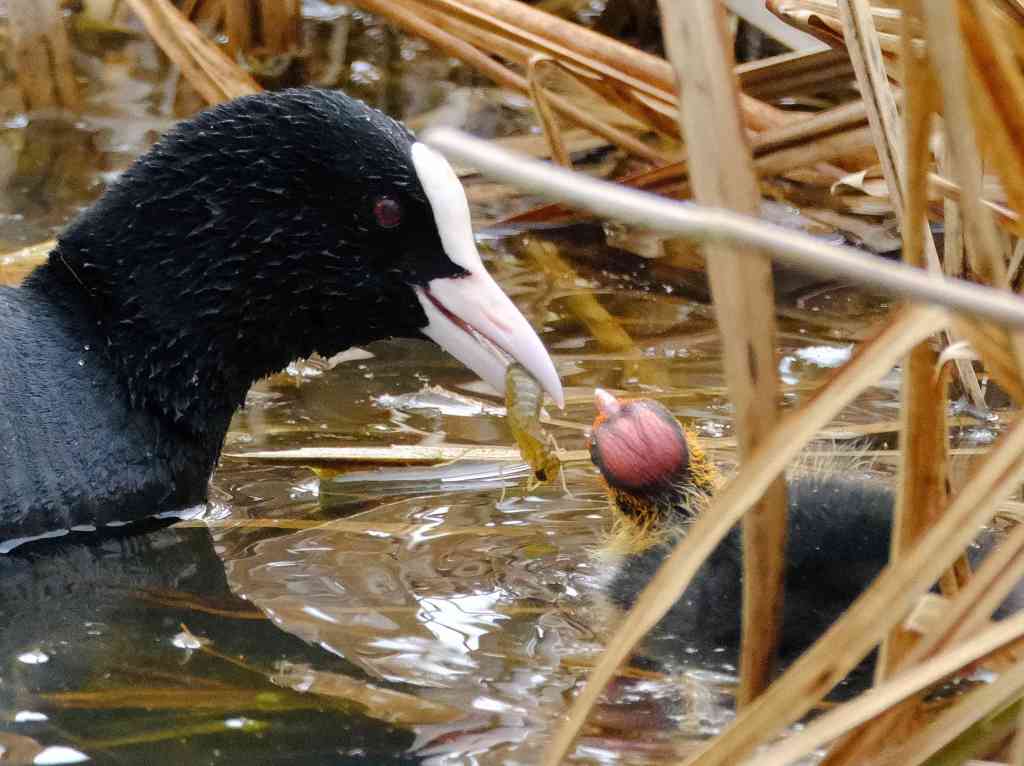




In summer, the Sedge Warbler a medium-sized warbler can be found in marshes, reedbeds and wetlands. they can be spotted singing from reeds or willow trees often perched high up. It is said that males never sing the same song twice, adding new phrases to impress females.
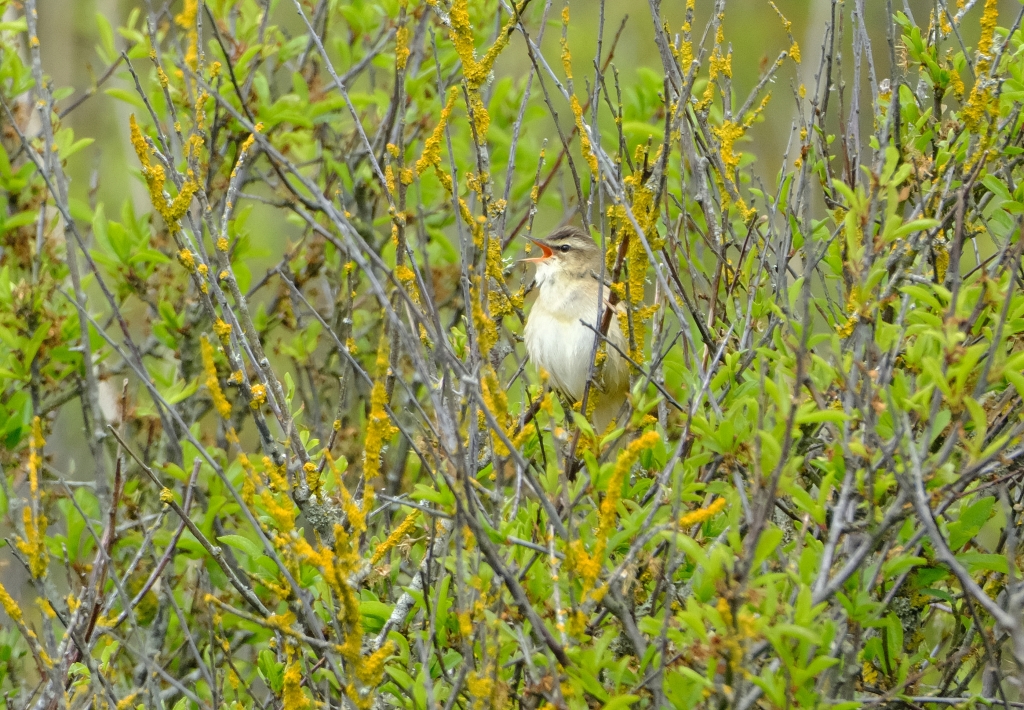
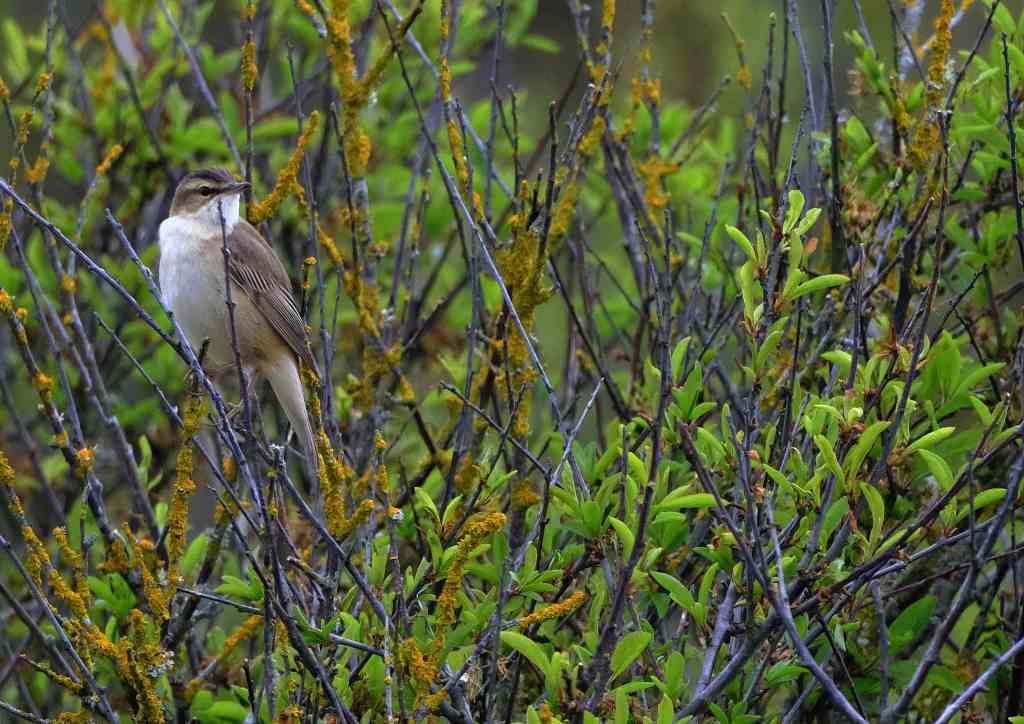
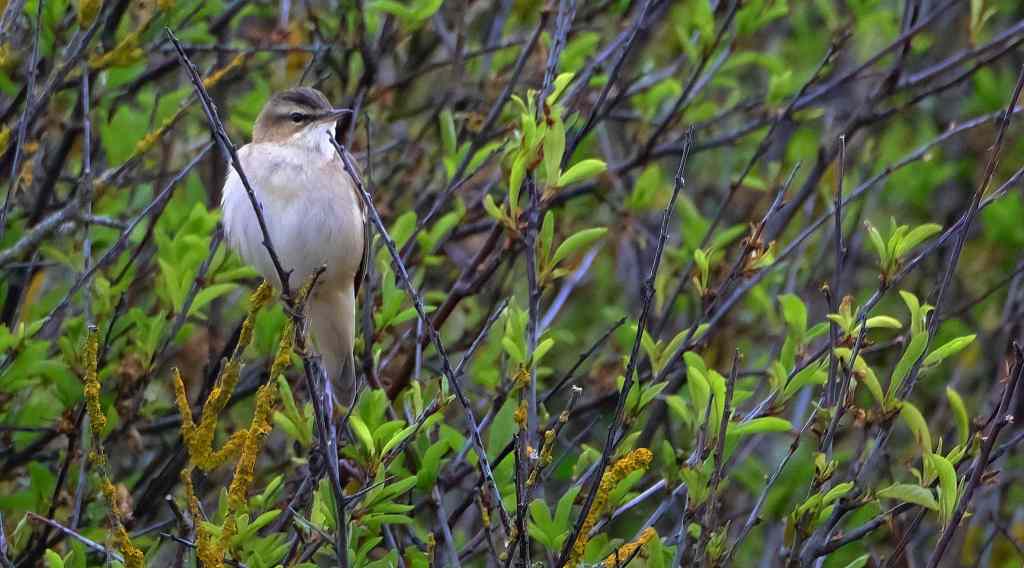


#Wordless Wednesday
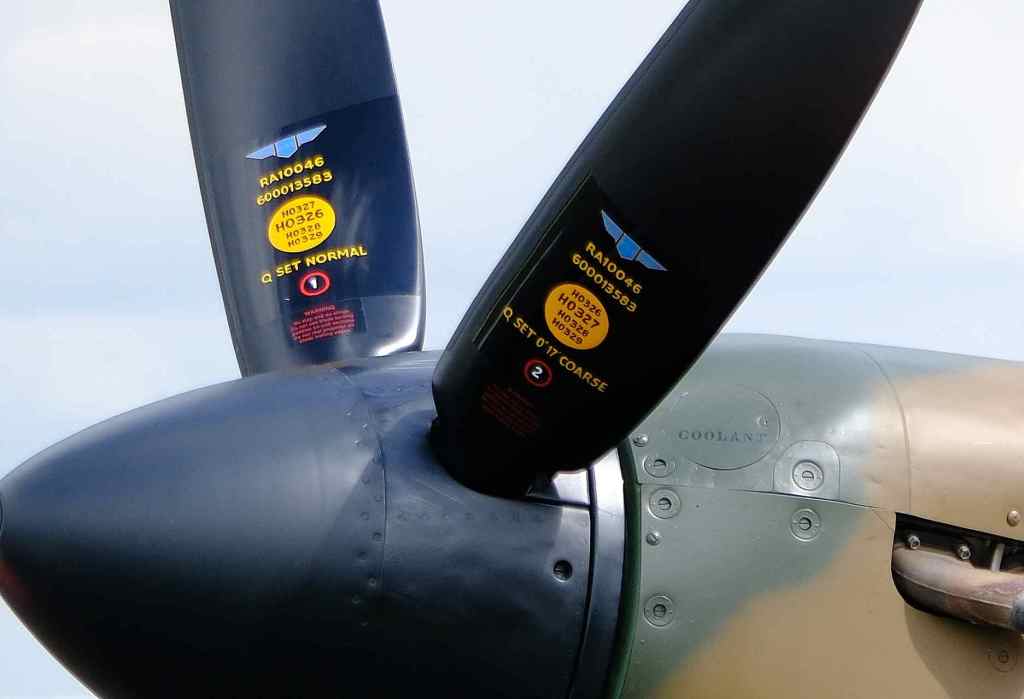
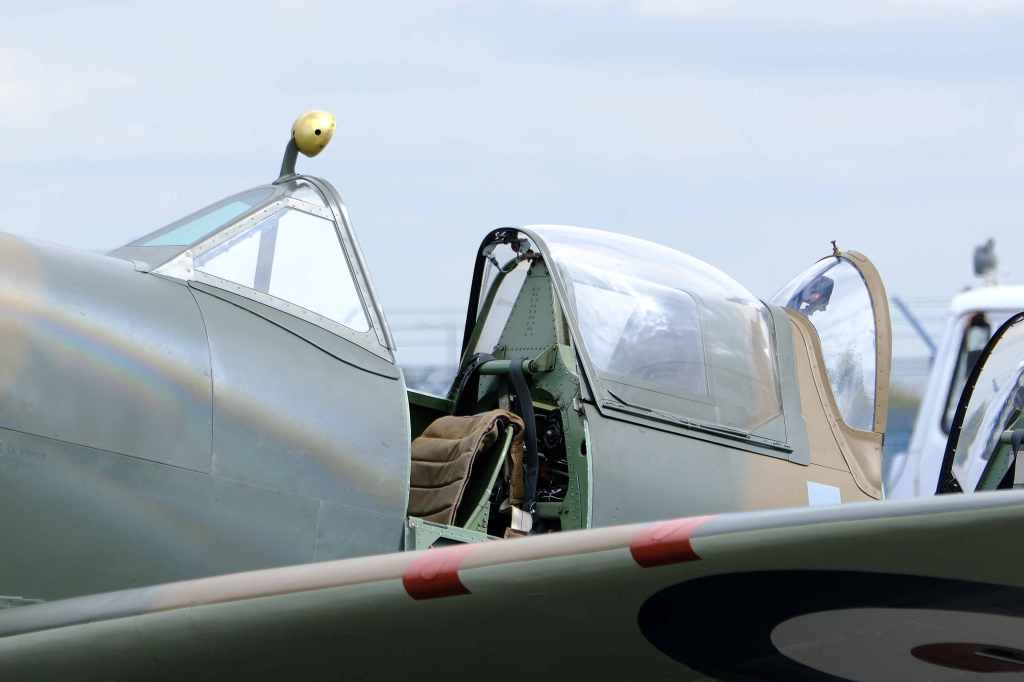





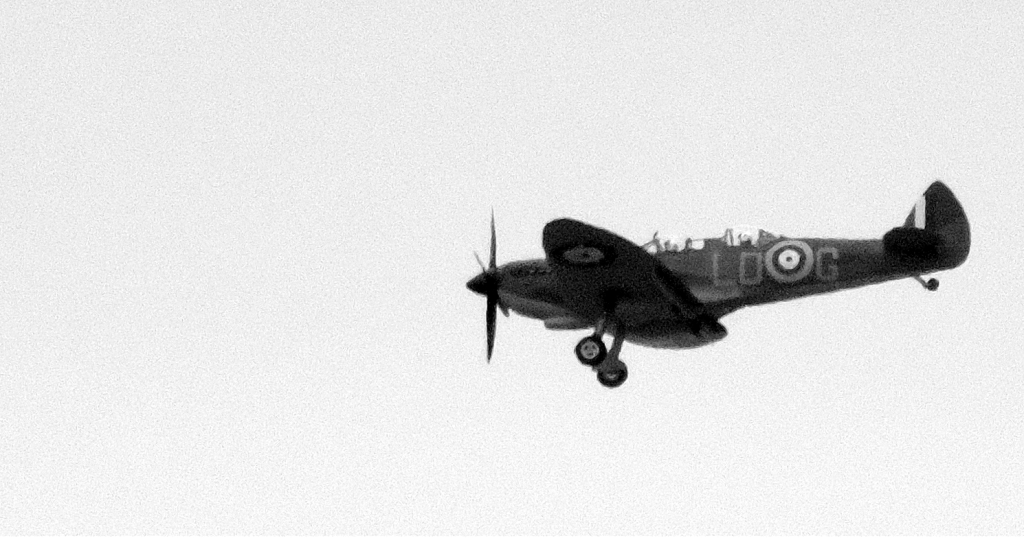
#Wordless Wednesday
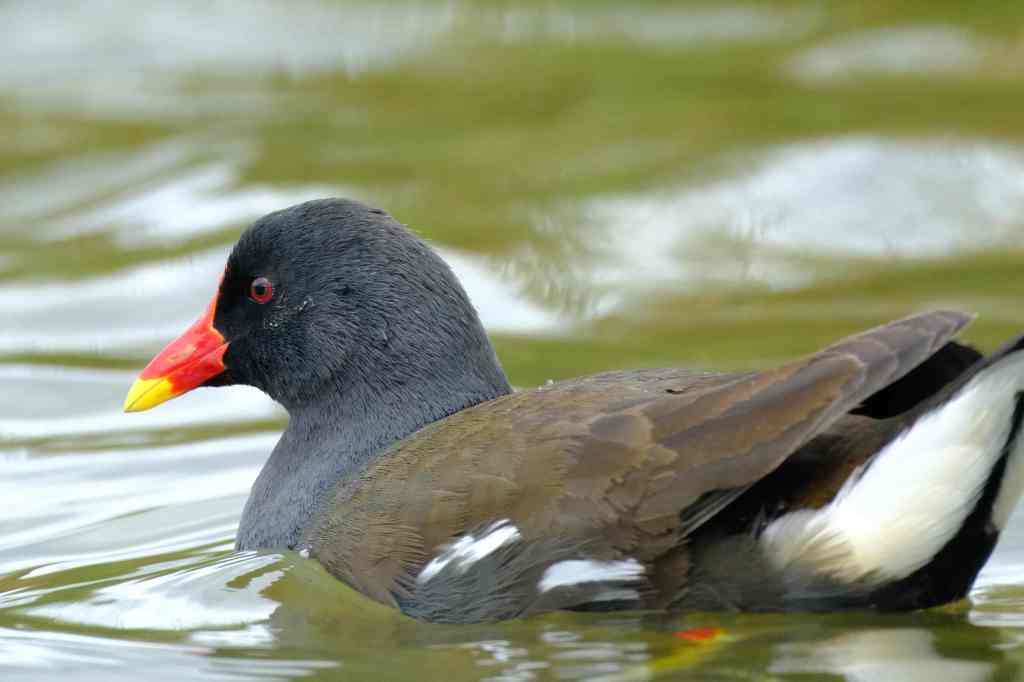
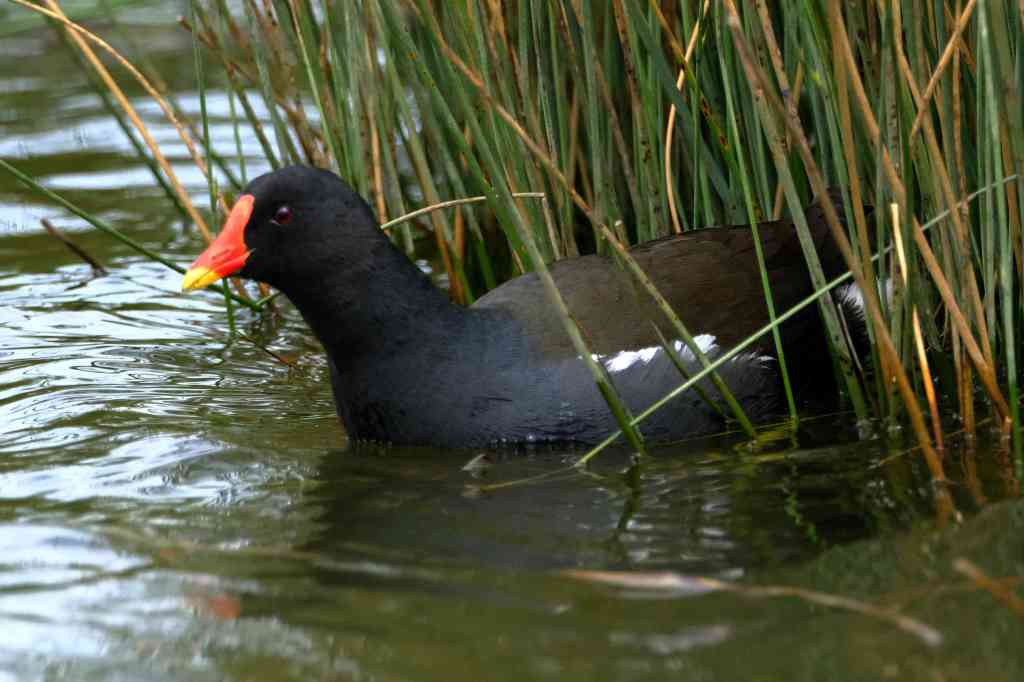
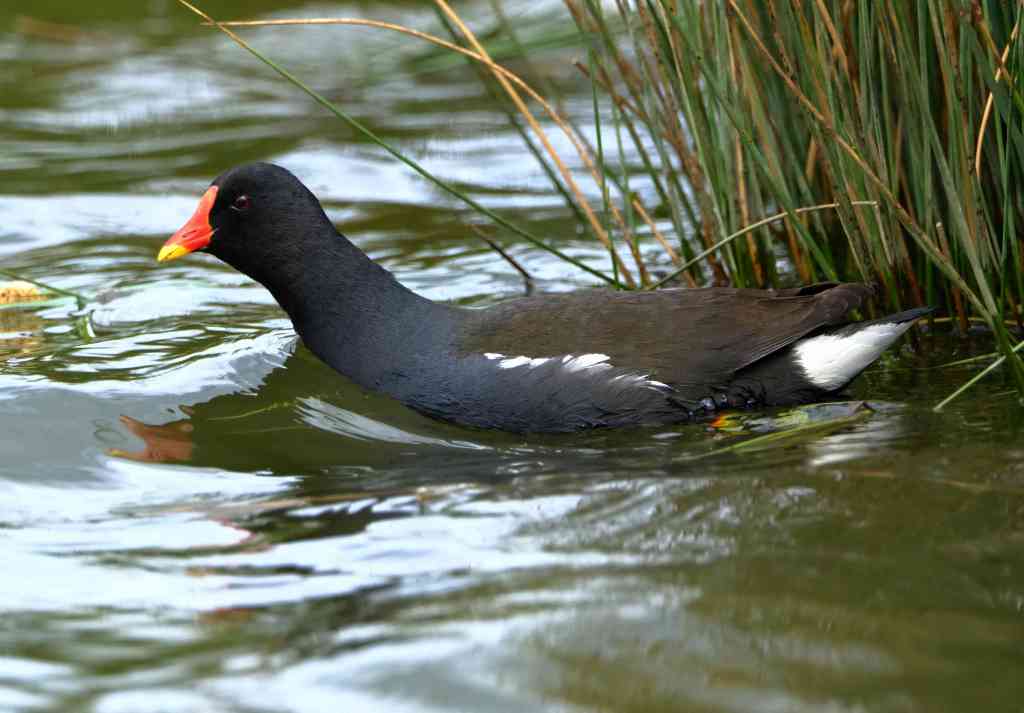
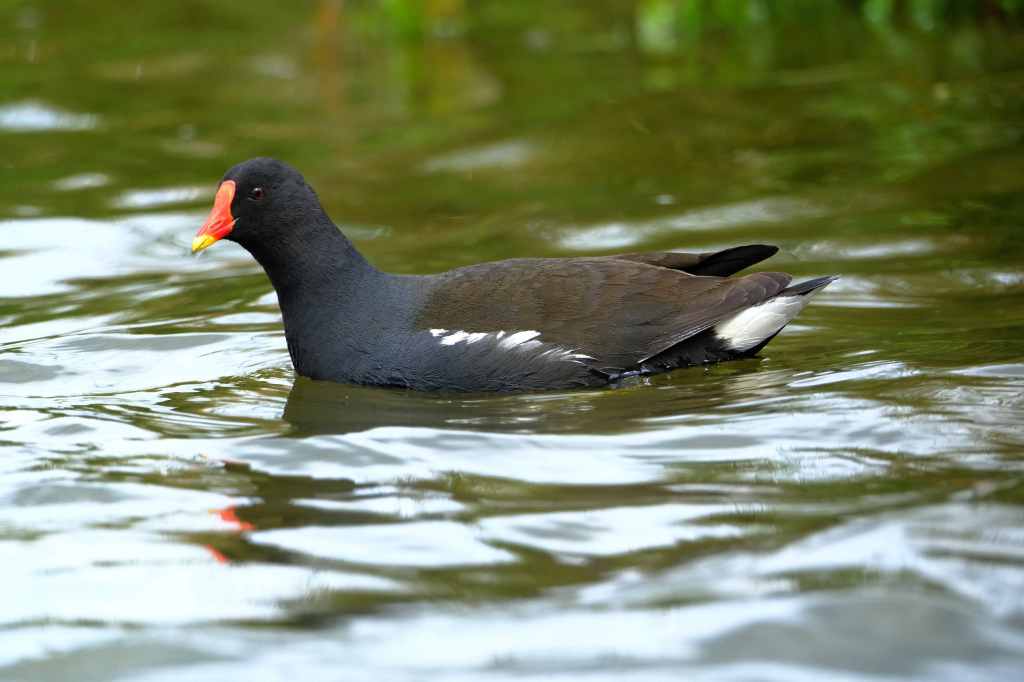
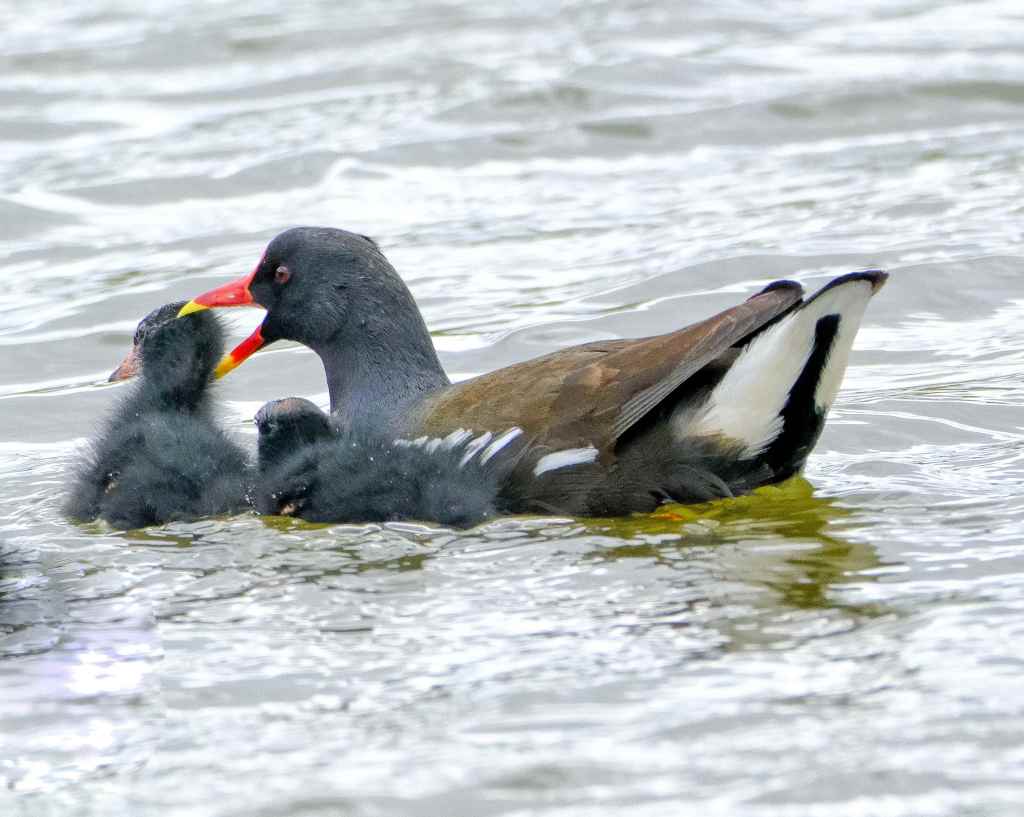



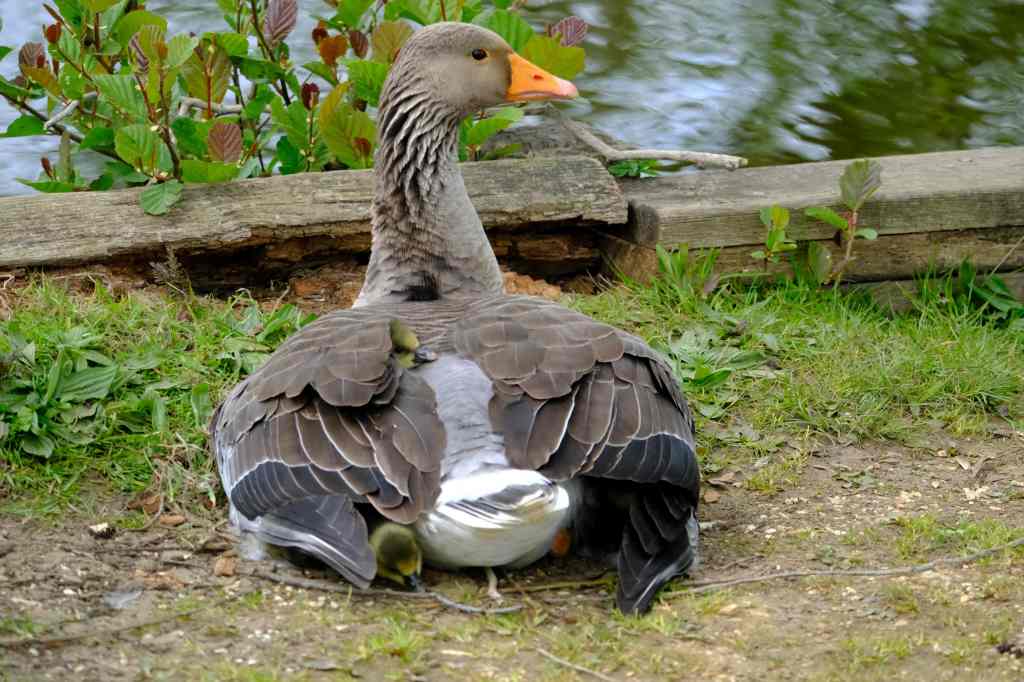



The sounds of the Cuckoos call are now in the New Forest. Cuckoos have started to arrive from Africa. They are summer visitors and are known for being brood parasites. They do not build their own nest, the females lay their eggs in other birds’ nests, especially Meadow Pipits, Dunnocks and Warblers. When a female Cuckoo finds a suitable nest, and the host bird is away she removes one of their eggs and lays her own egg in its place. Cuckoo young hatch after just 12 days, and push the hosts’ eggs or babies out of the nest, allowing it to eat all food brought by the host bird. When the young Cuckoo leaves the nest, it is far bigger than the host bird. I only saw one today but at least 3 were calling.
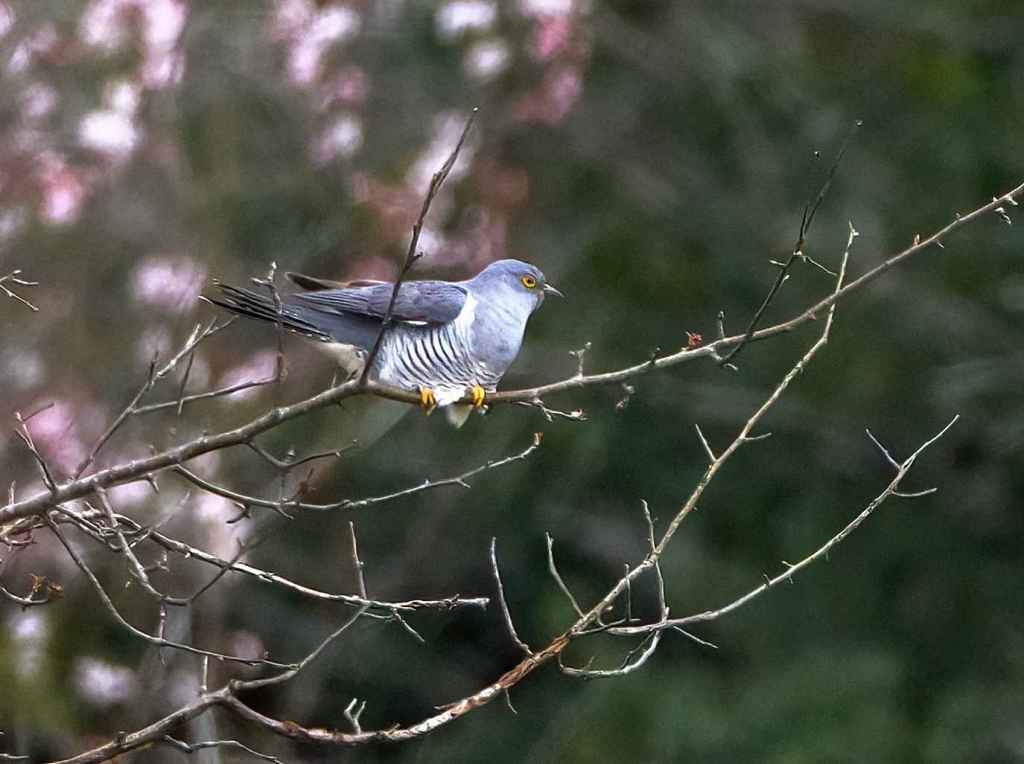
Commonly known as sea hares, The clade Anaspidea are medium-sized to large opisthobranch gastropod molluscs with a soft internal shell made of protein. Sorting out some memory sticks I came across these pictures I took at Meon Shore Beach in the summer of 2019. I have only ever found 2 of these interesting creatures and have not seen one since this sighting.

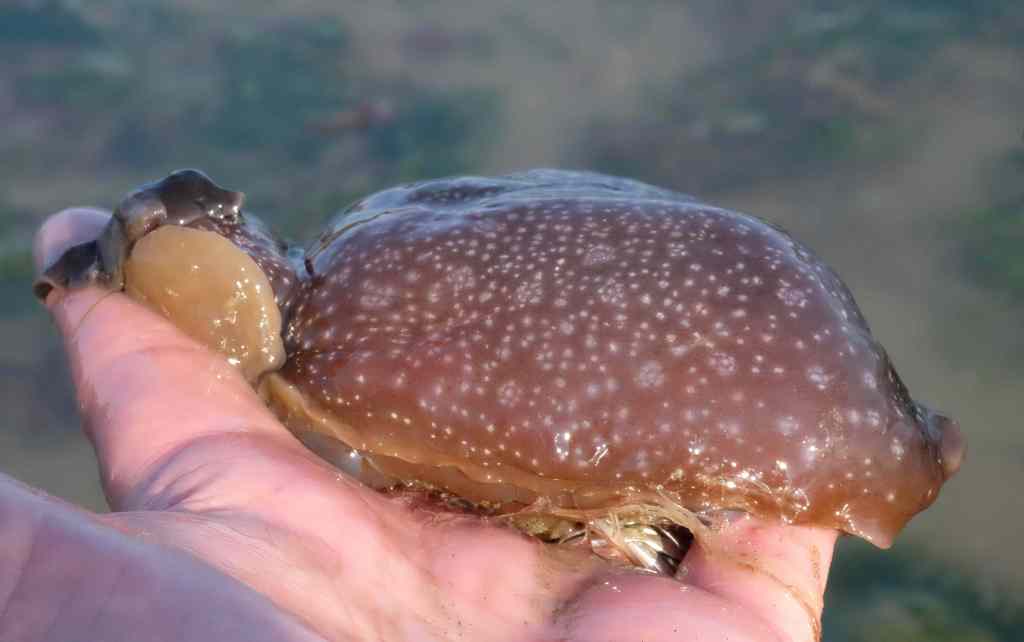

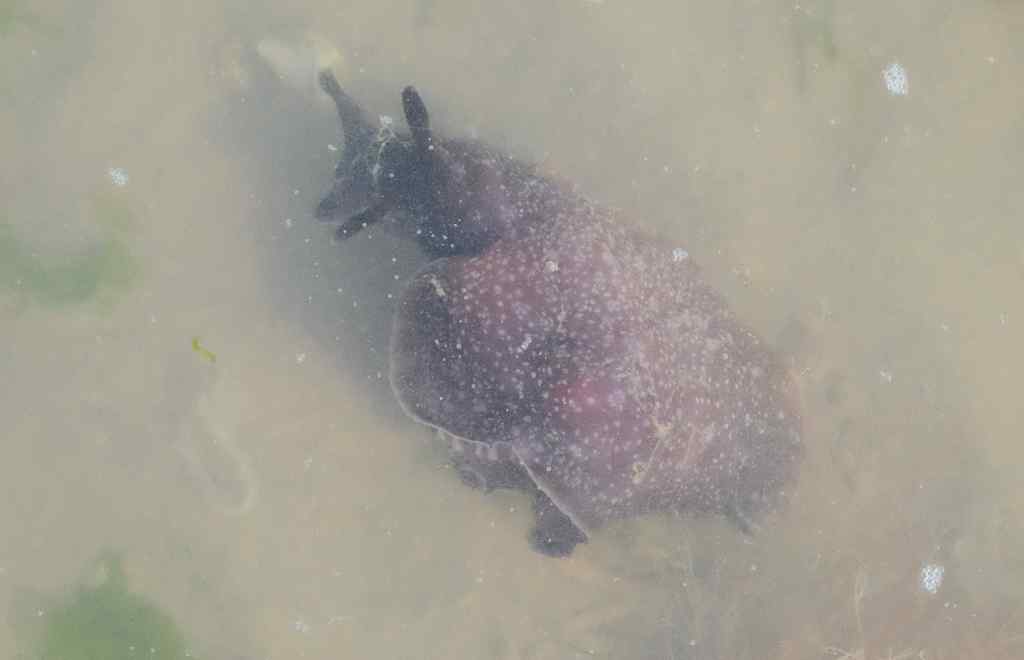
These finches were once very popular caged birds because of their tuneful song. Males are marked with crimson foreheads and chests, and females are much browner.
According to the RSPB web page, the Linnet numbers have dropped over the past few decades, with the UK population estimated to have fallen by 57% between 1970 and 2014.
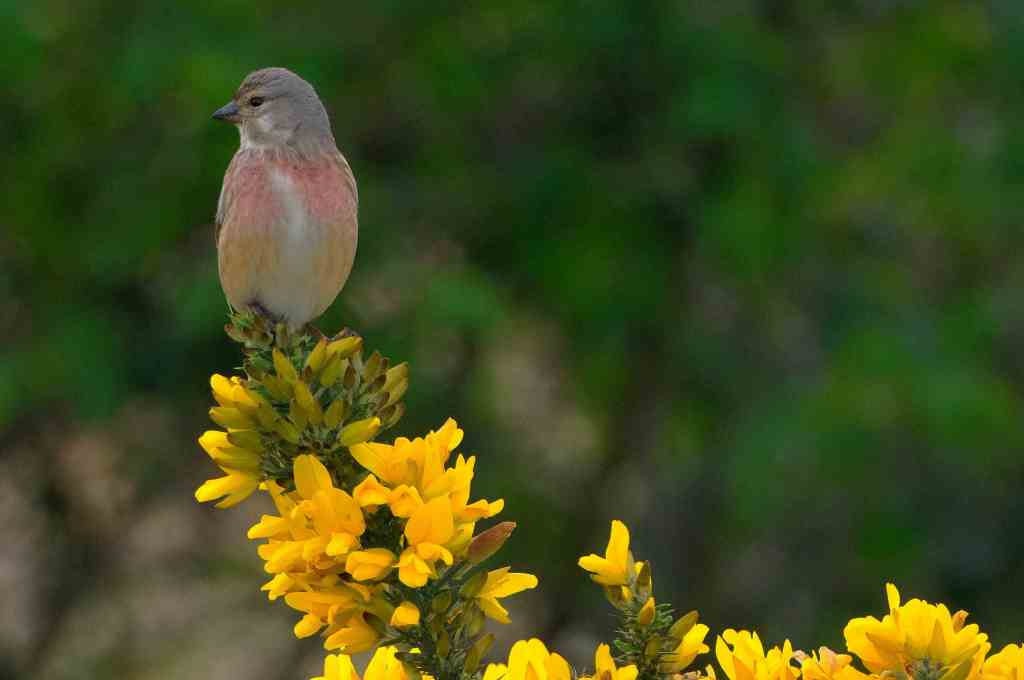

( 1st picture is a male bird the second is a female).
